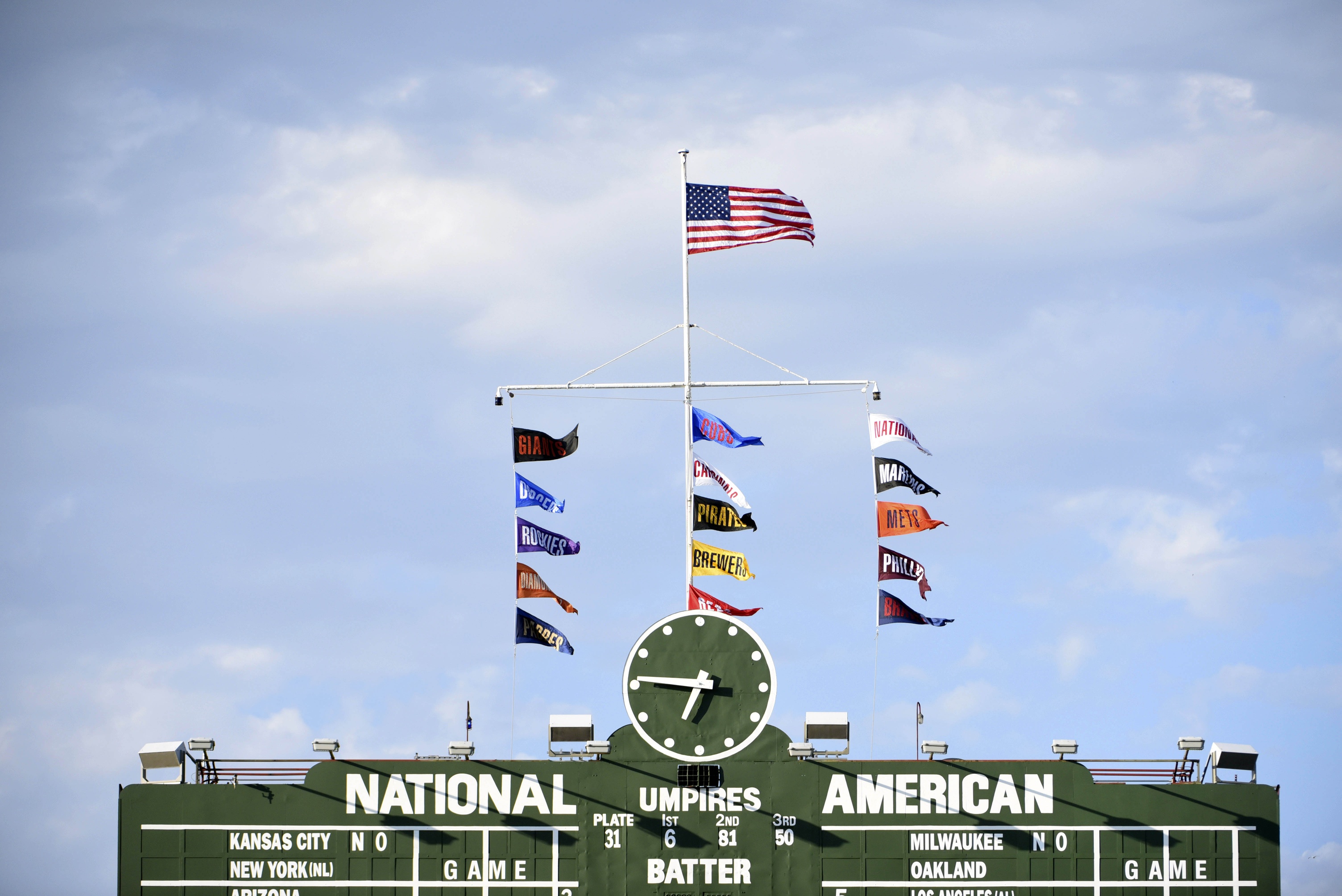Coming into the 2017 season, if I had mentioned the name Dillon Maples, the reactions probably would have ranged from “Oh what could have been” to “That guy is still in the Cubs system?” After being drafted in the 14th round by the Cubs in the 2011 draft, the Cubs signed him for a steep $2.5 million signing bonus to keep him away from the University of North Carolina.
From there, Maples battled years of injury and ineffectiveness in the minors. In his first three years, as a starter, Maples never even topped 80 innings. He fared better in the bullpen, but still had issues throwing strikes in 2015 and 2016. However heading into 2017, something clicked. He added a slider, and the Cubs just kind of let him do his own thing. The hands off approach and the addition of a plus pitch has certainly fared well for Maples.
His ascent in 2017 has really been something to watch. The K rate was good in Myrtle Beach (High-A) at 12.6 per nine, but the walk rate was still too high at 4.3 per nine. When he got to Tennessee the K rate skyrocketed to 18.4 per nine (seriously, that’s not a typo), but the walk rate ballooned along with it to 7.2 per nine. He earned yet another promotion to AAA Iowa, and that is where everything has seemingly clicked. The K rate has remained high at 15.1 per nine, but the walk rate has come way down to 4.0 per nine. Now, these numbers in Iowa are only in 13.2 innings pitched, but they are certainly encouraging. Those are some really eye popping numbers for anyone, but how is he doing it?
The fastball is a plus pitch, getting up to the high 90s and even touching triple digits on occasion. The newfound slider is also a plus pitch, a true out pitch, but it is one that he struggles to command from time to time. When he’s on, though, look out. He’s practically unhittable in his current state.
While the strikeout and walk numbers are astonishing, the balls in play numbers might be just as impressive. The ground ball rate has been great all year, ranging from 64 percent on the low end to 69 percent on the high end. This isn’t a guy who is getting lucky either. His BABIP against in Myrtle Beach was a normal .288, while his BABIP against at Tennessee and Iowa have been .440 and .360, respectively. If anything, he might even be suffering from a bit of poor fortune.
All these numbers have been impressive, but the most impressive number has been his DRA. His High-A DRA was 1.61, his AA figure was 1.50, and his current AAA number is 1.57. In case you were wondering, that number is flat out AWESOME (The lowest number in the MLB with any significant amount of innings pitched is Craig Kimbrel at 1.95)
So what does this all mean? I do expect Maples to get a look with the big league club in September. They have to clear a 40-man roster spot, but they’d have to do so in the offseason anyway, so it could be worth it to get a look at him against big league hitters. His kind of stuff paired with his ground ball rate has all of the makings of an absolutely elite reliever. If he can keep the walks in their current range in the big leagues, you’re looking at a potential back of the bullpen arm, perhaps even as soon as this postseason. In light of what we thought six months ago, it sounds crazy to think that Dillon Maples could be a major league contributor at all, and now we’re looking at a guy who could potentially be a key bullpen piece moving forward. I, for one, am excited to get a look at him, mostly just to see what kind of moves he has in the ‘pen. I think he’s a running man kind of guy.
Lead photo courtesy David Banks—USA Today Sports
